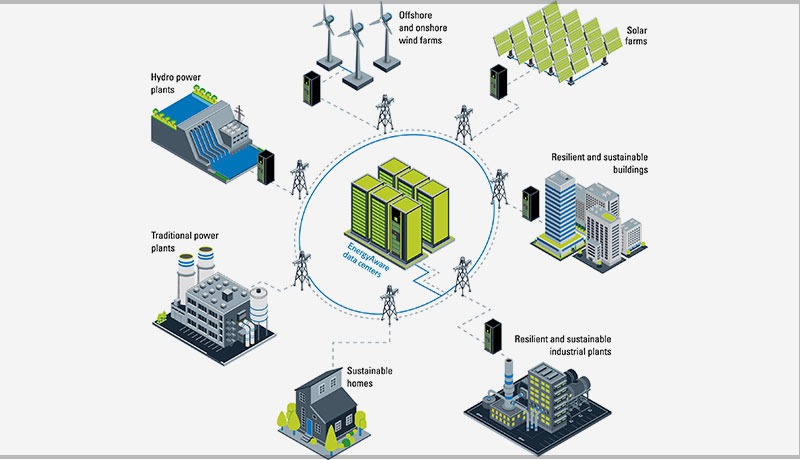
Eaton, an intelligent power management company, announced an expansion of its collaboration with Microsoft to accelerate applications of its EnergyAware uninterruptible power system (UPS) technology in key segments around the world.
The expansion is part of Eaton and Microsoft’s new strategic framework agreement, which is intended to address major industry developments such as digital transformation, sustainability, and the energy transition.
Explaining the significance of this, Craig McDonnell, senior vice-president and general manager of the Energy Transition and Digital division at Eaton, said: “A grid-interactive UPS helps decarbonize energy at grid level which means that its sustainability benefit extends beyond the data center. This changes the game in terms of energy management within the data center’s overall environmental impact profile.”
“A grid-interactive data center is one where its extensive electrical system functions not only to protect customer IT data and applications but also to provide valuable electrical services back to the transmission system operator and the grid. These auxiliary services will be increasingly critical to help grids cope with high levels of variable renewable energy,” said Sean James, Director of Data Center Research, Microsoft.

The inclusion of Eaton’s proprietary EnergyAware UPS technology in Microsoft projects is a key component of the strategic framework agreement. A UPS’s primary function is to provide backup power protection for mission-critical applications and facilities, protecting them from power outages or poor power quality.
Eaton and Microsoft have worked closely for several years to add digital capabilities to the UPS, allowing it to be used as a distributed energy resource (DER) to support grids with high levels of variable renewable energy generation.
This will enable a new generation of ‘grid-interactive’ data centers, such as those run by Microsoft, to assist grid operators in providing critical flexibility services.
Selling grid flexibility allows data centers to monetize underutilized assets, such as providing energy storage and fast frequency response services, which grid operators will increasingly require as renewable capacity increases and the grid loses the inertia associated with fossil fuel generation.